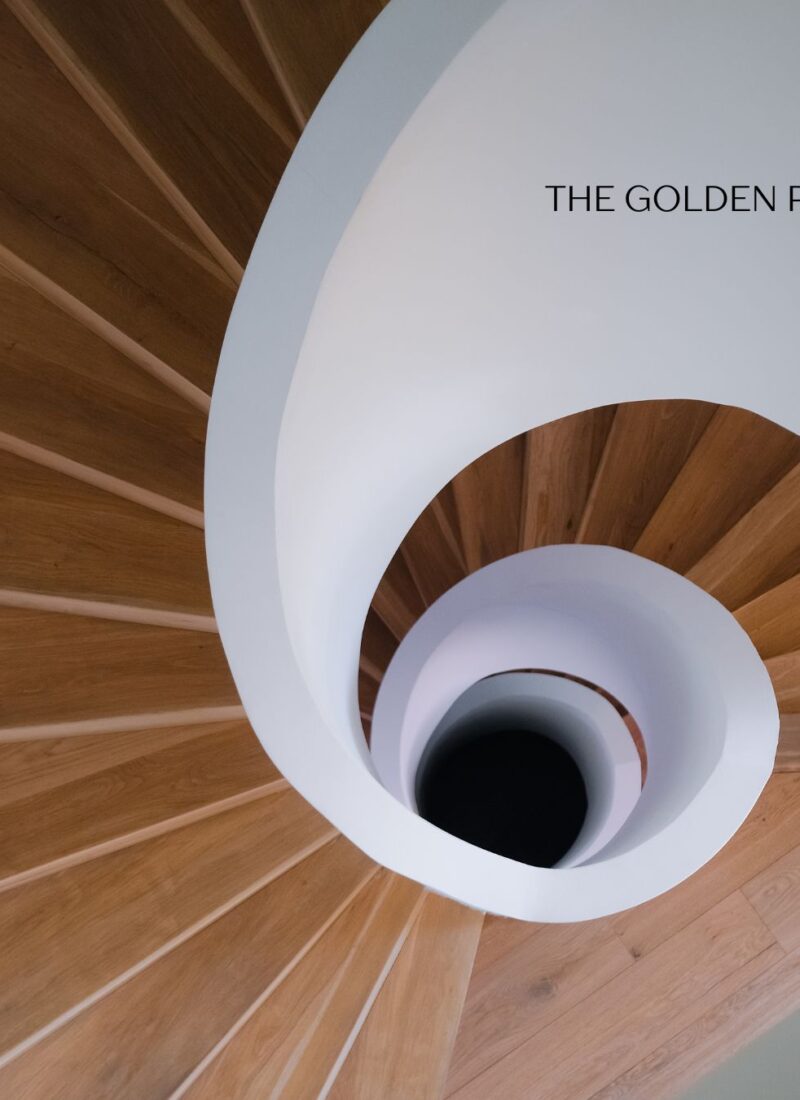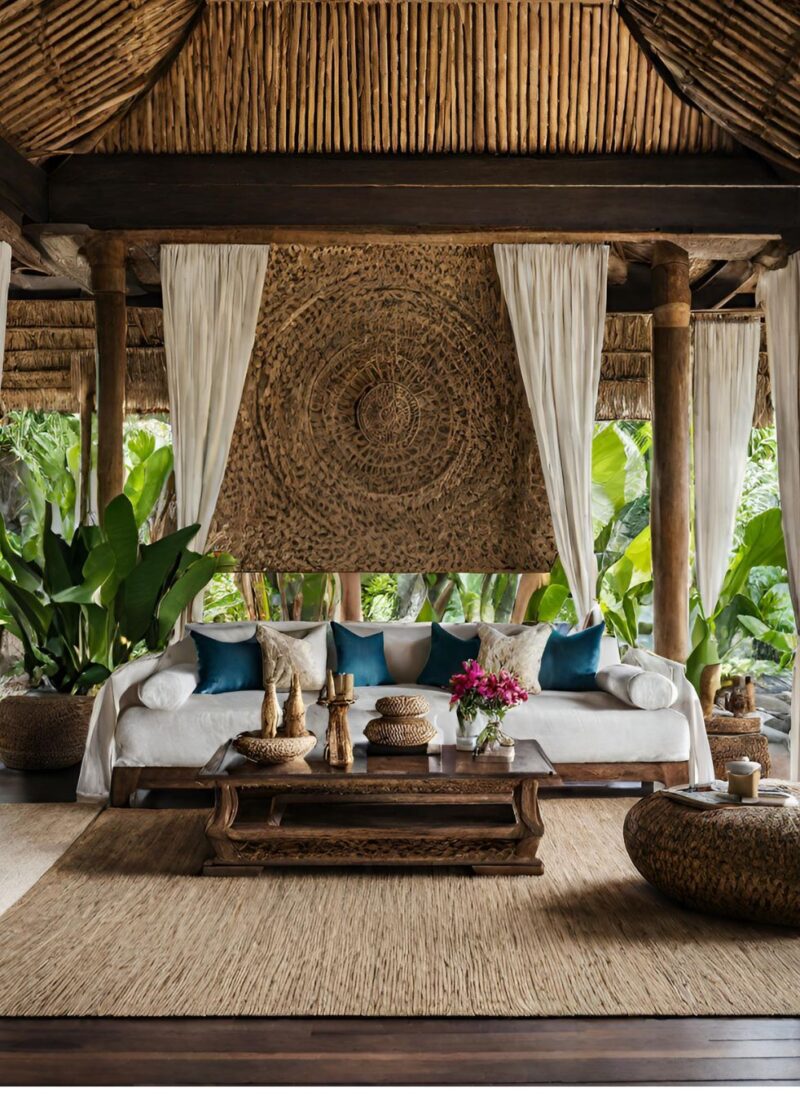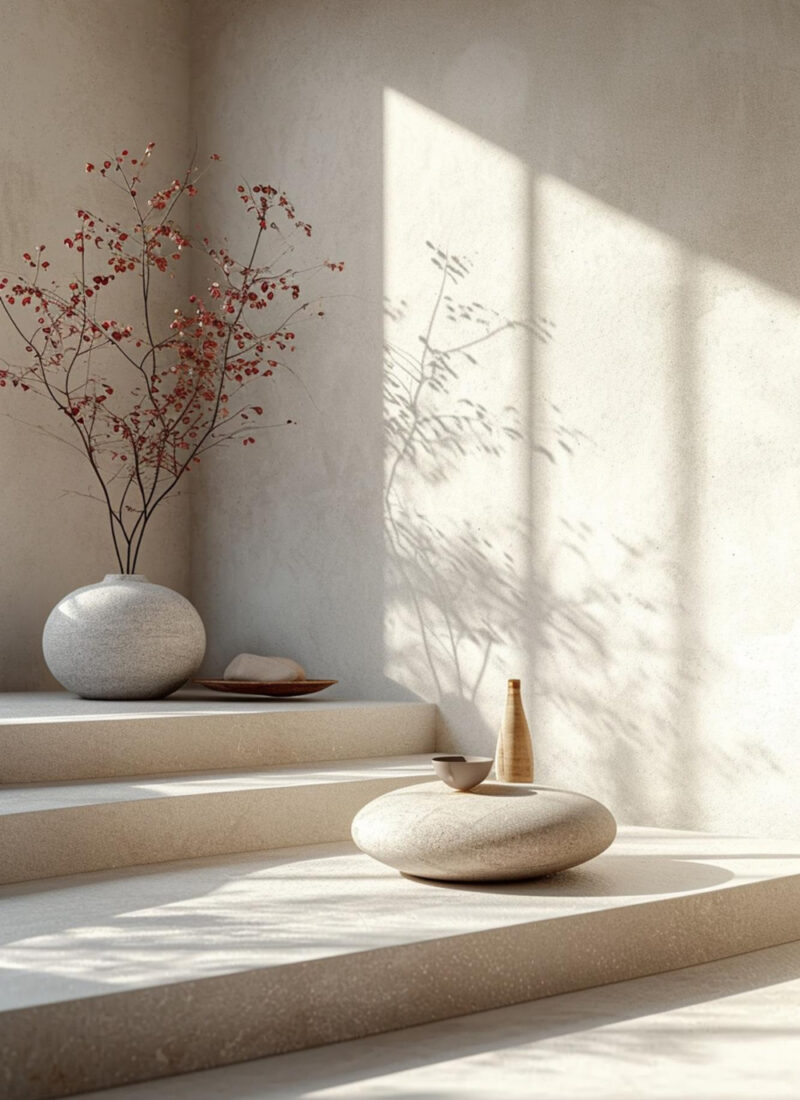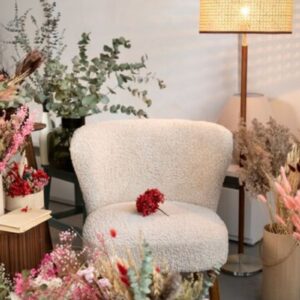Interior design trends come and go but once in a while, you see an amalgamation of two trends that is entirely unique. One such occurrence is the Japandi art movement. Japandi is the fusion of the Scandinavian and Japanese interior design aesthetics.
In this article, you will be introduced as to what makes the Japandi interior design unique. It will also discuss what elements did this new interior design style incorporate from its two predecessors. Also included in this article are tips on how you can customize your living space in Japandi style.
What Is Japandi Interior Design?
The Japandi interior design is a celebration of Scandinavian and Japanese interior design. It captured the organic and minimalist aspects of the Japanese art movement and the comfort living imbued by the Scandinavian design.
Photo by Brandon Cormier on Unsplash
Warm and uncluttered, the Japandi space style has that simplicity that shouts silent elegance and embraces that nothing is perfect, that imperfection should be embraced to achieve perfection. It’s minimalist yet modern. One would find it quite interesting that these two classic interior design movements can be mixed to create something that soothes the eye and warms the heart.
At its core, the Japandi interior vibe spells comfort and relaxation, similar to going to a spa. For the Japandi interior design, the devil is in the details. Larger furniture pieces are simpler but the accents take life. The finishes and styling are more intricate than the larger pieces of furniture yet still takes the minimalist path. That being said, you can find more linear lines instead of curvilinear ones.
Why Is There a Rise in the Japandi Decor?
The Japandi interior design 2021 look is an outcry from the latest flashy and ornamental design trends brought by popular television shows Bridgerton. Such designs are flashier and louder, a contrast to what the Japandi offers. The latter is at the opposite end of the interior design spectrum- people want a more serene and calming design.
Photo by Francesca Tosolini on Unsplash
Japandi isn’t something new or novel; it has been around since the mid-20th century. But you can hardly call this kind of interior design outdated. It has evolved and mixed with newer elements to create a more modern take on the Japandi aesthetics. Perhaps the modern Japandi interiors moodboard can also be a response to the chaotic environment we are experiencing now. People want to come home to a quiet and tranquil home.
Palette and Materials: The Foundation of Japandi Design
The choice of materials and colors is crucial in Japandi design. This part discusses the preference for earthy tones, natural wood, and textiles that contribute to a sense of calm and groundedness in Japandi-styled interiors.
The Roots of Japandi: A Historical Perspective
Understanding Japandi requires a dive into its origins. Both Japanese and Scandinavian designs share common principles – a love for minimalism, natural materials, and a connection with nature. This section explores how these two styles, rooted in different cultures, converge to form Japandi.
Why Is There a Rise in the Japandi Decor?
The Japandi interior design 2021 look is an outcry from the latest flashy and ornamental design trends brought by popular television shows Bridgerton. Such designs are flashier and louder, a contrast to what the Japandi offers. The latter is at the opposite end of the interior design spectrum- people want a more serene and calming design.
Recent Post: What Is Modern Chinese Interior Design
Japandi isn’t something new or novel; it has been around since the mid-20th century. But you can hardly call this kind of interior design outdated. It has evolved and mixed with newer elements to create a more modern take on the Japandi aesthetics. Perhaps the modern Japandi interiors moodboard can also be a response to the chaotic environment we are experiencing now. People want to come home to a quiet and tranquil home.
Elements of Japandi Interior Design
Ever wonder what defines the Japandi style? In this section, you’ll be treated with elements that define the Japandi interior design. Note that these elements are the combination of the Japanese sentimentalities and the Scandinavian spirit.
Natural material
Warmth is illustrated by injection of natural wood into the design. Choose light-colored pieces. Better yet, mix them with darker wood tones. This is Japandi’s ode to nature and to its Scandinavian ancestry. Nature is at the heart of Scandinavian design; hence the prevalence of wood materials. On the other hand, the Japanese side of the Japandi design style, there is much emphasis on bringing nature in its entirety into the living space. With it, the extensive use of stone materials as well as bamboo, be it as a plant or a parquet.
Low-Profile Furniture
Japandi Furniture has a low profile. After all, Japandi follows a minimalist aesthetic. Having this kind of furniture creates a wider and larger space. That being said, the Japandi interior design apartment should have furniture with short legs.
Plush Material
In tune to its Scandinavian side, the Japandi interior style prioritizes comfort above all else. People who embrace this kind of design style treat their homes as their retreat from the busy world.
Clutter-less
There should be fewer accessories. Should you need to add, ensure that these elements are essential to you. It doesn’t mean that you shouldn’t add a splash of surprise. As mentioned earlier, the devil is in the details. Find some furniture that can act as your ornamentation or look for a uniquely designed vase.
Scandinavian Hygge Softens the Japanese Rigor
Japandi furniture can be easily defined as a simple, linear design that’s tied with comfort, something that many did not think possible before. What this combination creates is a clean yet imperfect look, curtailed to the bare essentials- and that’s not a bad thing- but exhibits warmth and coziness to the person sitting on it.
A Fusion of Colors and Patterns
With so many common characteristics, you might deduce that it’s easy to pair Scandinavian design with the Japanese design aesthetics. The truth of the matter is, when it comes to colors and patterns, designing the Japandi aesthetics takes more than just mere sensibilities. You need to jump right in and take the risk. After all, you are trying to merge two different styles.
Photo by Minh Pham on Unsplash
One uses predominantly dark shades of neutrals and a much darker shade as the main coloration. On the other hand, the Scandinavian design does not veer away from pastel colors and even dark reds. Additionally, on one hand, floral patterns while the other hand prefers geometric patterns. With these varying opposite designs, you might take it near impossible to combine the two. If you need to find a common denominator, choose black as both Scandinavian and Japanese sensibilities usethat color.
Craftsmanship Is Highlighted
Just like any Japanese inspired design, the Japandi decor will follow the less is more principle. That being said, excessive design is not accepted. As a result, great craftsmanship is highlighted.
How to Get the Japandi Interior Design Look
You might wonder how you can create a Japandi interior design bedroom or a Japandi interior design living room. Here are our tips on how to get the look.
Start with Neutral Colors
Neutral colors imbue serenity. That being said, color your furniture and walls in light neutral hues that are inviting. You can also mix these colors with warmer and darker neutral tones to create depth.
Color Layering
Add a single color to the neutral base but be sure that you layer this color in multiple shades. This is how you play around with hues and shades without being too flashy. This is also the time that you can splash a bit of your personality into your Japandi interior’s living room elements. If you want to still stay in the neutral color ground, you can accent your neutral base with darker wood tones or charcoal.
Here’s how you can create a Japandi color palette:
Include the Scandinavian influence by starting off with a neutral base such as off-white or grey. Combine it with the Tokyo influence by adding muted greens or soft eggshell tones. Layer your colors with accent elements in mauves, charcoal and dark navy blues.
Add some greenery
Extra oxygen given off by indoor plants makes people happier. Plus, a little pops of green over neutral colors brings the room to life. Bonsai is a great addition to the Japandi bathroom design. You can also incorporate bamboo features to add to the serenity value that is important to this design aesthetic.
Photo by Dane Deaner on Unsplash
Choose Wood
Make sure you incorporate a lot of wood elements into your design. The most common element that uses wood would be the furniture. But widen your horizon and use wooden elements on your floorings. You can also add a sliding screen element to your Japandi living room.
Choose Flat Upholstery
Replace your voluminous high-backrest furniture with pared-back ones. The idea is to combine the coziness of the Hygge with the industrial look of the Asian style. Pair your low-profile furniture with textured rugs made of natural fibers. Add some low shelving to match the low profile chairs and other furniture.
Choose Handcrafted Decor
Be minimalist in adding smaller accents in your Japandi interior’s living room design elements. Pick hand blown glassware, for example to accentuate your space. You are working around smaller pieces in small numbers but the quality of these pieces add up to the value of your room. You can also add rattan or woven baskets as a means to hide clutter as well add a touch of nature to the room.
On Lighting
The best lighting for the Japandi interior office room or any kind of room for this matter is natural light. If your space has wide windows and high ceilings, add curtains that would not curtail the amount of light coming in. If you live in an area where too much light comes in, choose window treatments that soften the light coming in.
Always Be Intentional
One common denominator that the Scandinavian and the Japandi design have is having design elements that serve a purpose. To do so, carefully curate design pieces to your Japandi bedroom. All the pieces should have a purpose. Don’t just go and add a lot just because they look Japanese or have some kind of Scandinavian feel.
The Role of an Interior Designer in Japandi
For those seeking professional assistance, this part discusses how an interior designer can help in creating a Japandi-style home, emphasizing the importance of understanding the client’s vision and the nuances of this design philosophy.
Japandi and Sustainability: A Natural Synergy
Sustainability is a core aspect of Japandi design. This part explores how the emphasis on natural materials and minimalist principles aligns with eco-friendly and sustainable interior design practices.
Key Takeaways: Embracing the Japandi Philosophy in Interior Design
- Japandi is a blend of Japanese and Scandinavian design principles, characterized by minimalism, functionality, and a connection with nature.
- Key elements include a neutral color palette, natural materials, clean lines, and an emphasis on light and space.
- Japandi is adaptable to various spaces and encourages a sustainable approach to interior design.
- This style offers a timeless appeal, providing a serene and aesthetically pleasing environment.
Japandi interior design presents a unique opportunity to create spaces that are both visually stunning and deeply comforting. By embracing its principles, one can craft interiors that are not just trendy but are poised to remain relevant and cherished for years to come.




